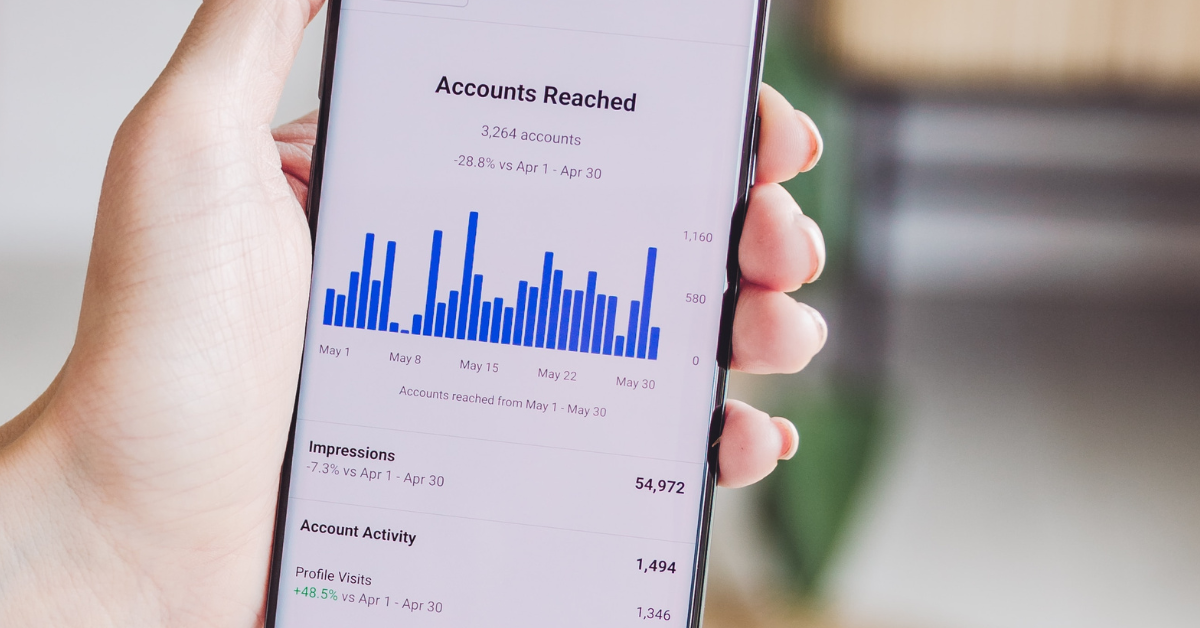
Welcome to this archived 5-Minute-Friday Newsletter. If you’d like to subscribe to be the first to read these and have them hit your inbox each Friday, subscribe below.
This week I’ve been thinking about a new dashboarding project I’ll be setting up for one of my team members to embark upon in the coming weeks.
We’re kicking the project off by getting access to their current dashboard.
As part of our process, we’ll unpick the metrics and dimensions, deconstruct each visualisation and hold a workshop with all the key stakeholders and decision makers who use the report.
Then we quiz them on what they use the most, what they use the least and most importantly, what decisions they are making that are often not linked to the data in their dashboard (call this, the wishlist of missing insights).
The key to a successful dashboard uplift is to ensure your contributing stakeholders are in an action-based mindset. This is, connecting each visualisation to the decisions the data informs.
Anyone can create a dashboard.
(alright so any analyst or savvy data-driven professional… that is)
However, I would argue that while many request one, a dashboard alone isn’t actually what you need at all.
Why?
Because a dashboard is nothing without insight. Our job as analysts is to break down, build up, and link everything to actionable next steps.

A dashboard can be a vital tool in your toolkit to help you arrive at your “actionable insight” destination.
But it is only a tool. As such, some tools can be better fit for purpose than others.
Here are a few ways we approach dashboarding to ensure the outcome is a tool that can give the user the best chance at arriving at that “actionable insight” destination.
1) Know your purpose
As noted above, the first step we take is ensuring every visualisation that is constructed is linked to informing a key action.
What are the decisions you are making? How often are you making them?
Broadly, at a dashboard level, this is usually isolating a related set of decision makers. For example, your Performance Media Dashboard. As a group, these individuals, while they may be responsible for a different channel in the performance mix, collectively are working towards ensuring acquisition and conversion targets are being achieved.
Within this group, each visualisation has its own purpose.
- Site traffic and quality =
Do we have the right volume of opportunities coming into the funnel? - Conversion rate =
Is this traffic supporting my ability to achieve my goals or should we change the channel mix or the campaign focus within a particular channel? - Feature use and page path analysis =
Are the features we have constructed supporting people to find what they are looking for? Should we run an experiment to change how we display filters to better support users to find what they are looking for with greater ease?
Reviewing metrics that don’t result in action is a waste of your time. Sometimes even the action is hidden in plain sight, like “do nothing because nothing needs to be done” since KPI’s are clearly being met. Which leads me to my next points…
2) Less is more
This is my favourite set of questions to ask and unpick – and where the art of dashboard UX can really come into play.
Lazy analysts will include a bunch of data and visualisations that might be mildly of interest – but don’t really inform a whole lot.
The art of effective dashboard optimisation is to ask:
What DON’T you use?

Despite what many may think, dashboard should not be a replacement for every aspect of your reporting. They should be constructed to save you time and focus you in on the most important metrics so you can maintain a pulse on your KPI’s.
They are not and should not be a replacement for any targeted or exploratory analysis that should follow but they should spark what analysis should come next.
As a tool, they should support key actions such as mitigating risk (something is tanking), scouring for optimisation opportunities (something is stagnating) and identifying patterns to drive growth (a trend is becoming evident).
There are tools available that can indicate whether individual dashboards are being used at all. Tableau does this well at a dashboard level so you can see who is refreshing and actually using reports. I also love this tutorial via ClickInsight who implement GA tagging on their Looker Studio dashboards to give them such insights.
Even still, sometimes simply asking will get you a long way towards optimising a dashboard for improved update.
It’s quite literally as simple as:
- Tell us what you don’t use so we can remove it entirely.
- Tell us what you do use and why so we can better order them in groups that make their comprehension more efficient.
Distraction is the enemy of an effective dashboard.
If you’re refreshing or uplifting your dashboards, don’t just blindly migrate it. Clean it up.

3) Context is key
There’s a reason executive teams love a traffic light report (or RAG report).
Red.
Amber.
Green.
In other words:
Red: What needs my attention right now?
Amber: What’s tracking along just fine that I don’t need to really worry about today?
Green: What are my good news stories?
You can’t always simply add RAG colours to your dashboard, but here are a few of my favourite small but impactful inclusions:
- KPI’s & Benchmark Scorecards: Next to every chart, be sure to include your running actual and forecasted KPI – or in lieu of that, an industry benchmark.
- Comparison periods: Year on year, month on month, period on period. Find what is meaningful and add if it makes sense (and if it doesn’t blow out your dashboard performance).
- Commentary: Whether pulling through commentary in it’s own section or including on-hover notes, going the extra mile to include this ensures accessibility and improved literacy which in turn, ensures improved actionability.
A dashboard is just a tool that doesn’t guarantee insight, but they can be built to facilitate the best possible interpretation to support insight-led decisions.
End.




Leave a Reply